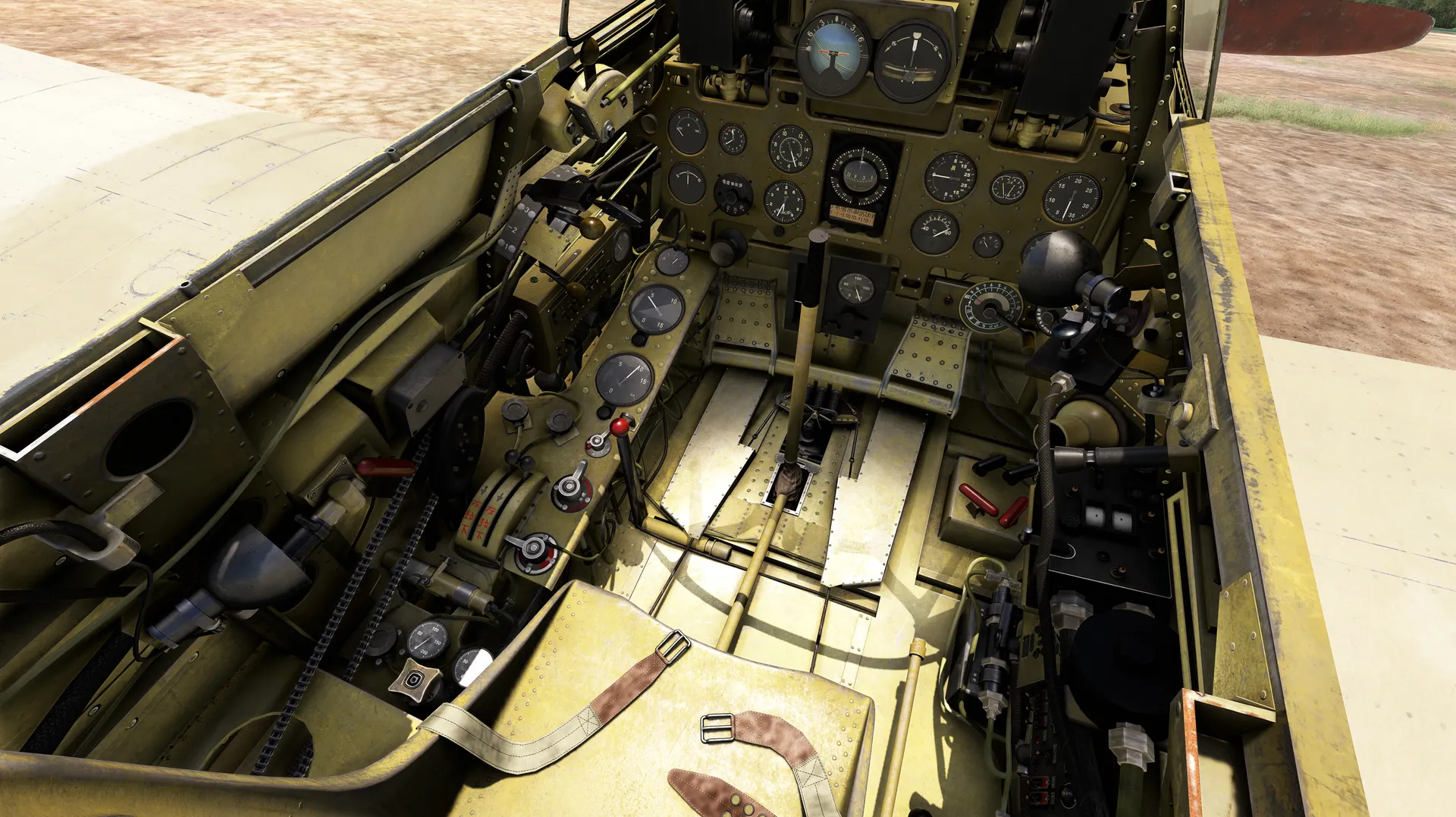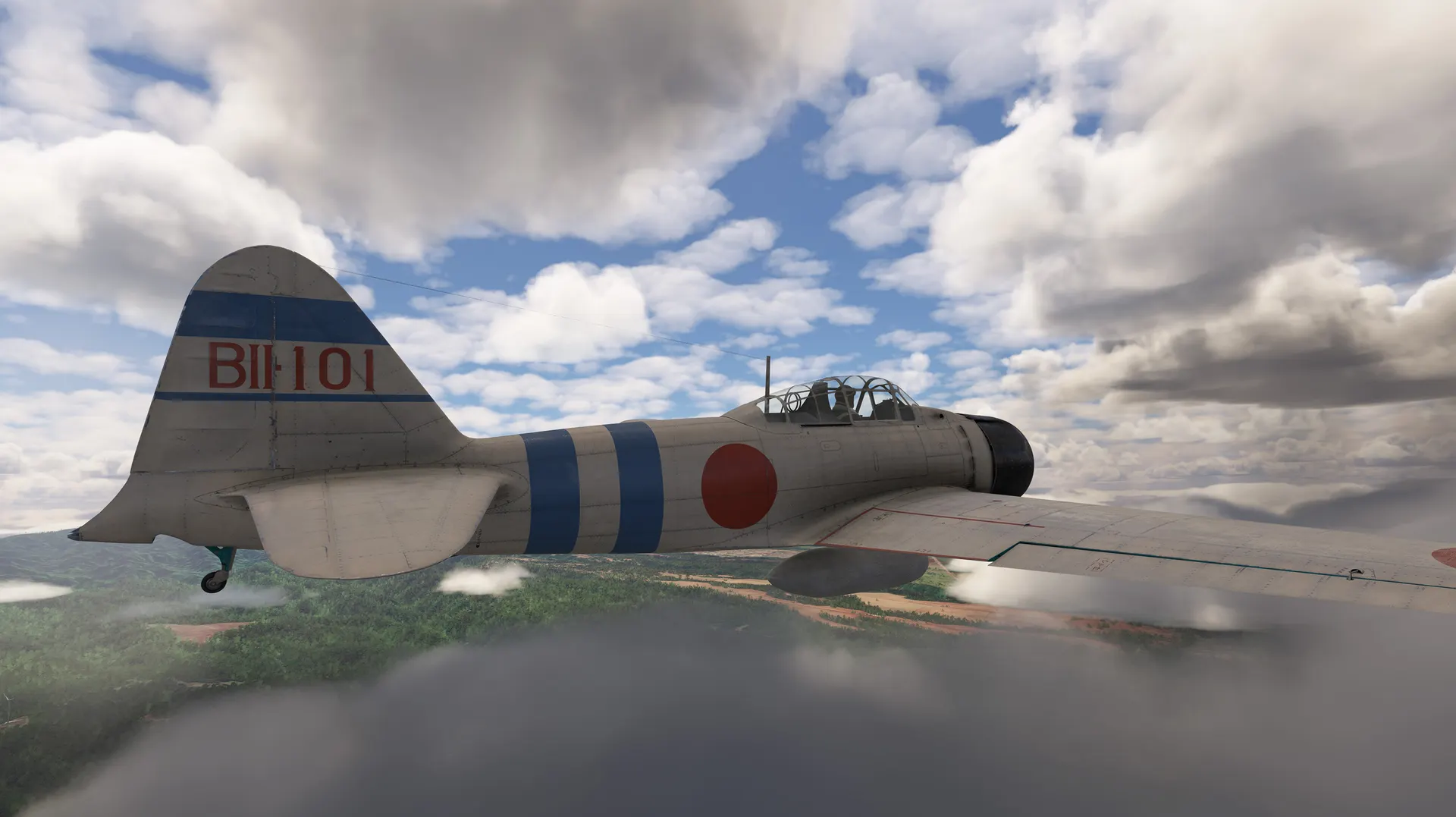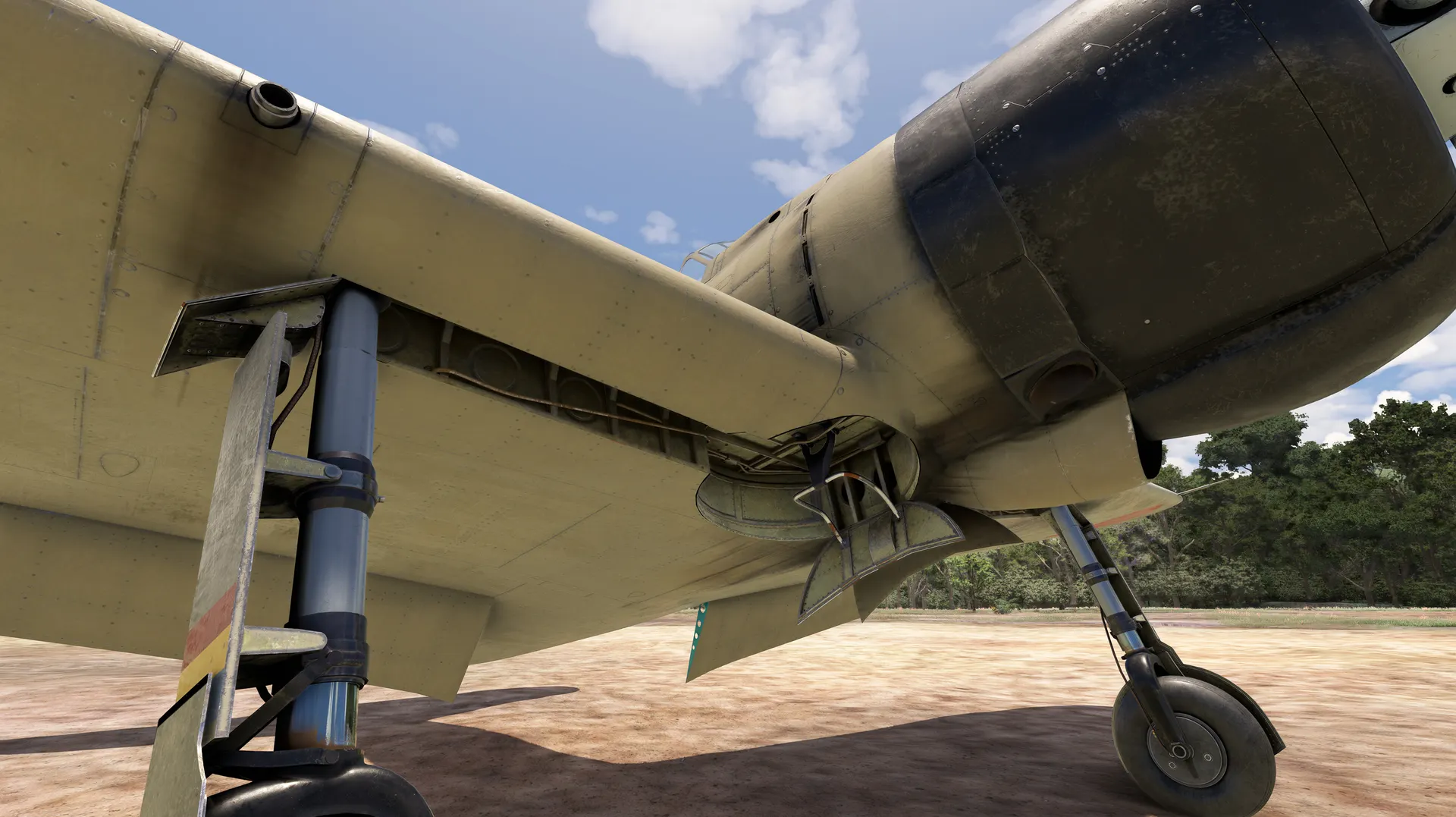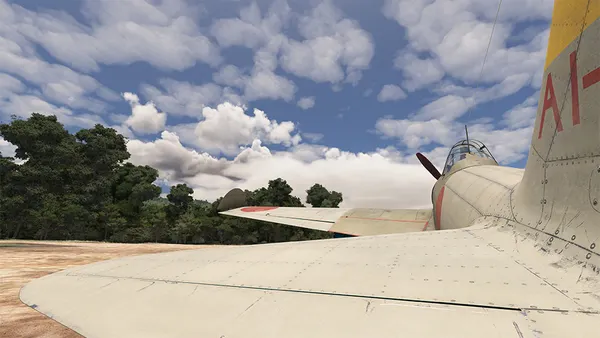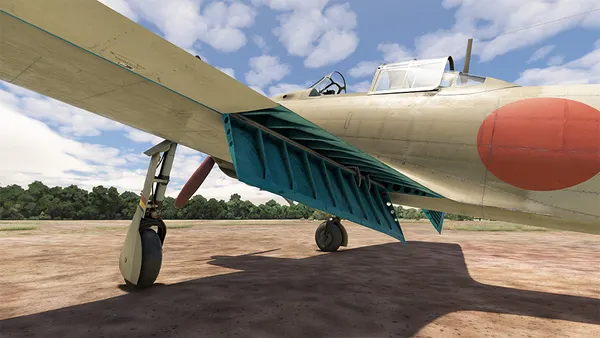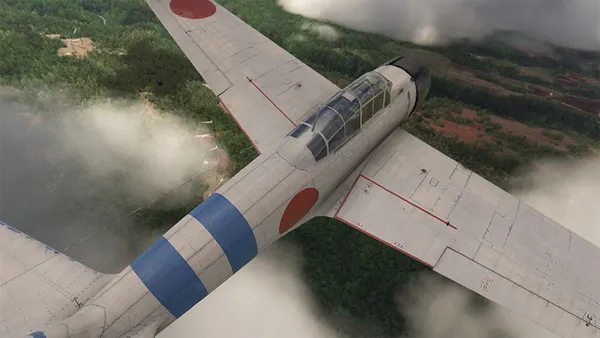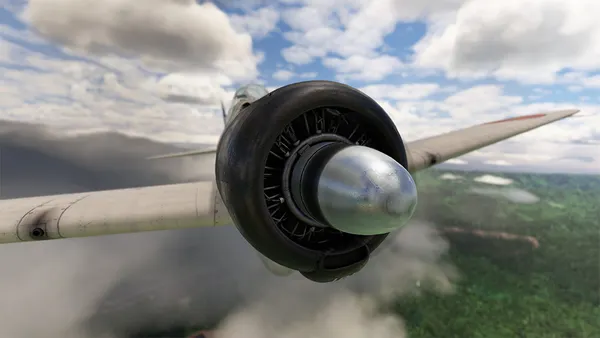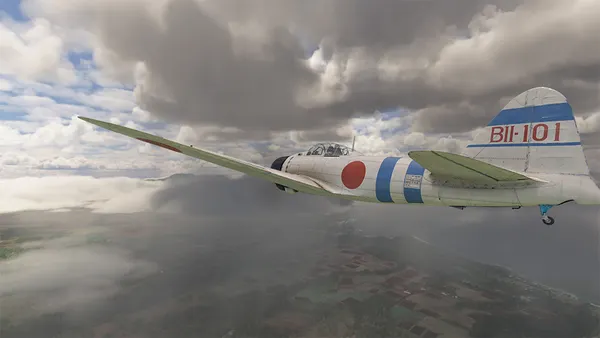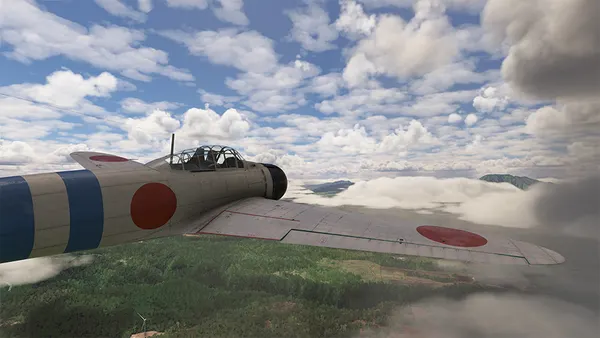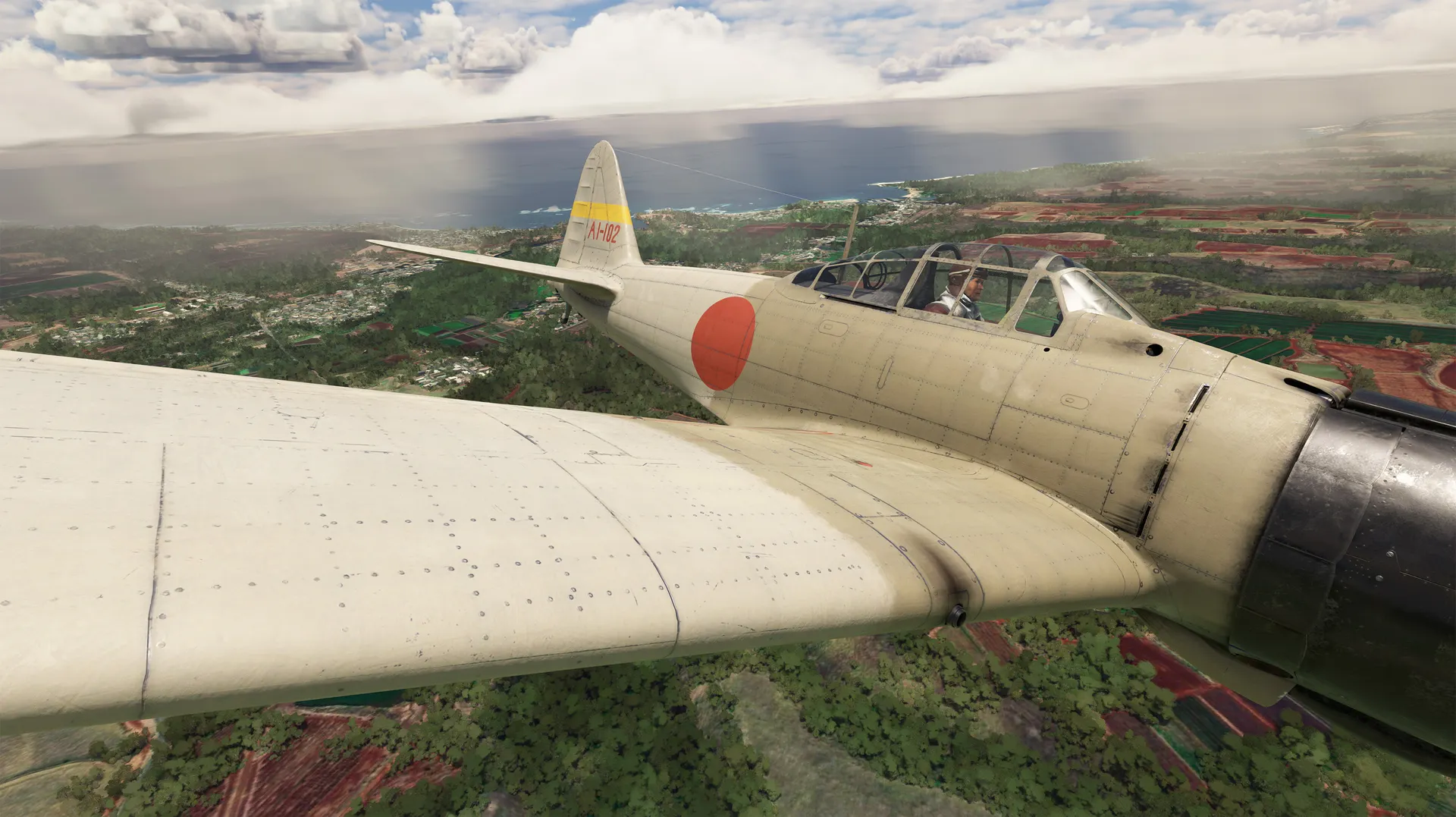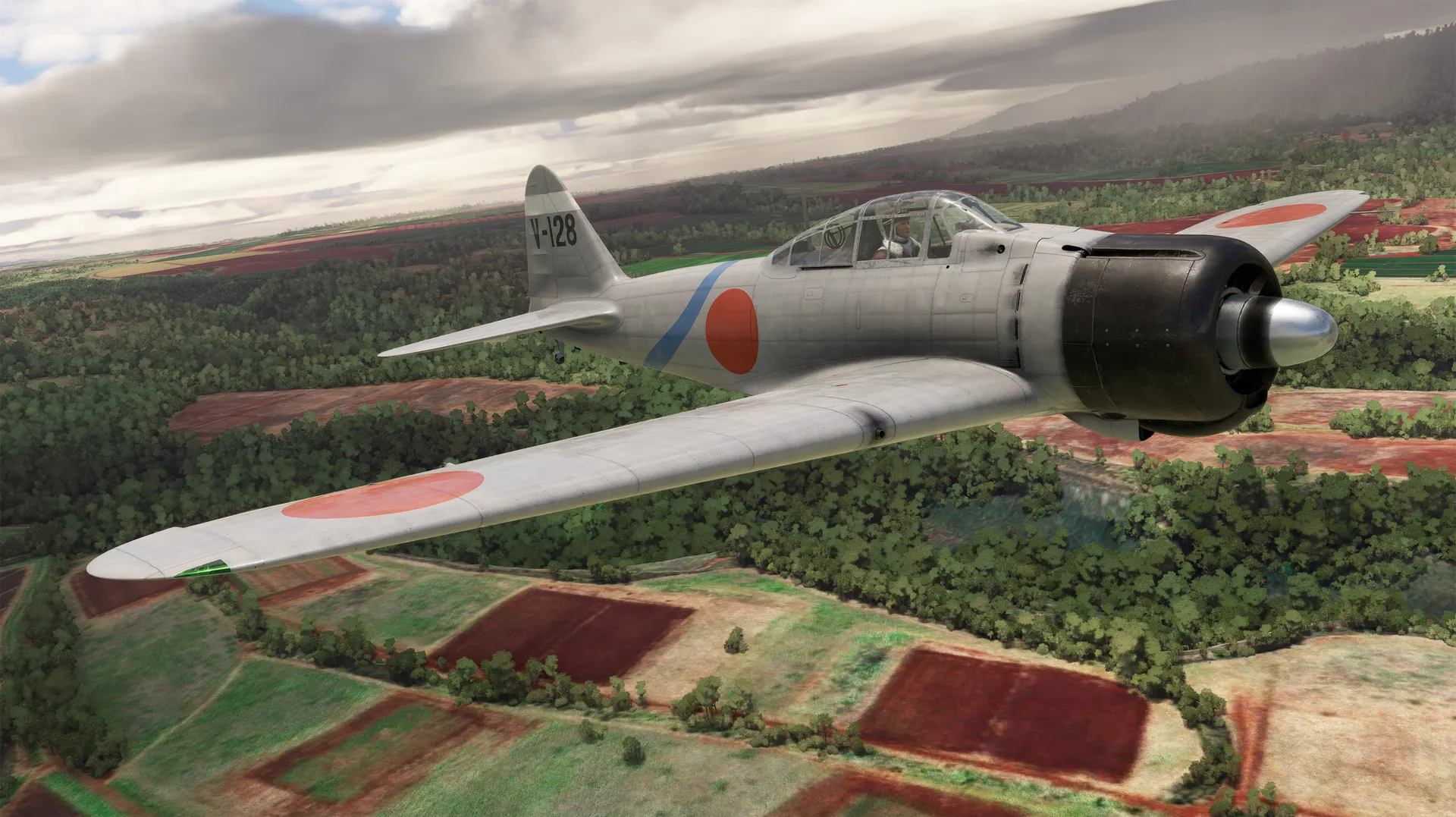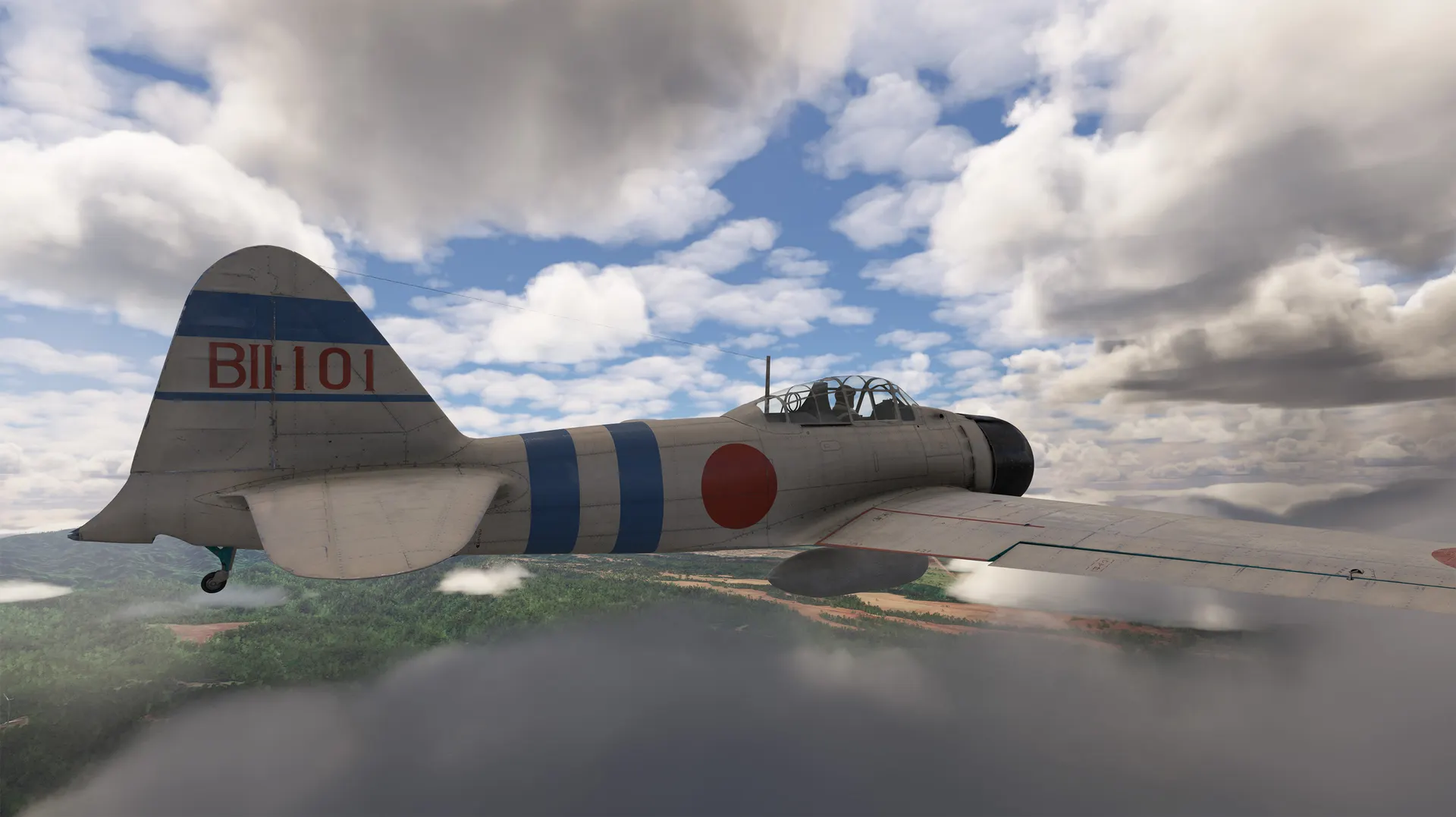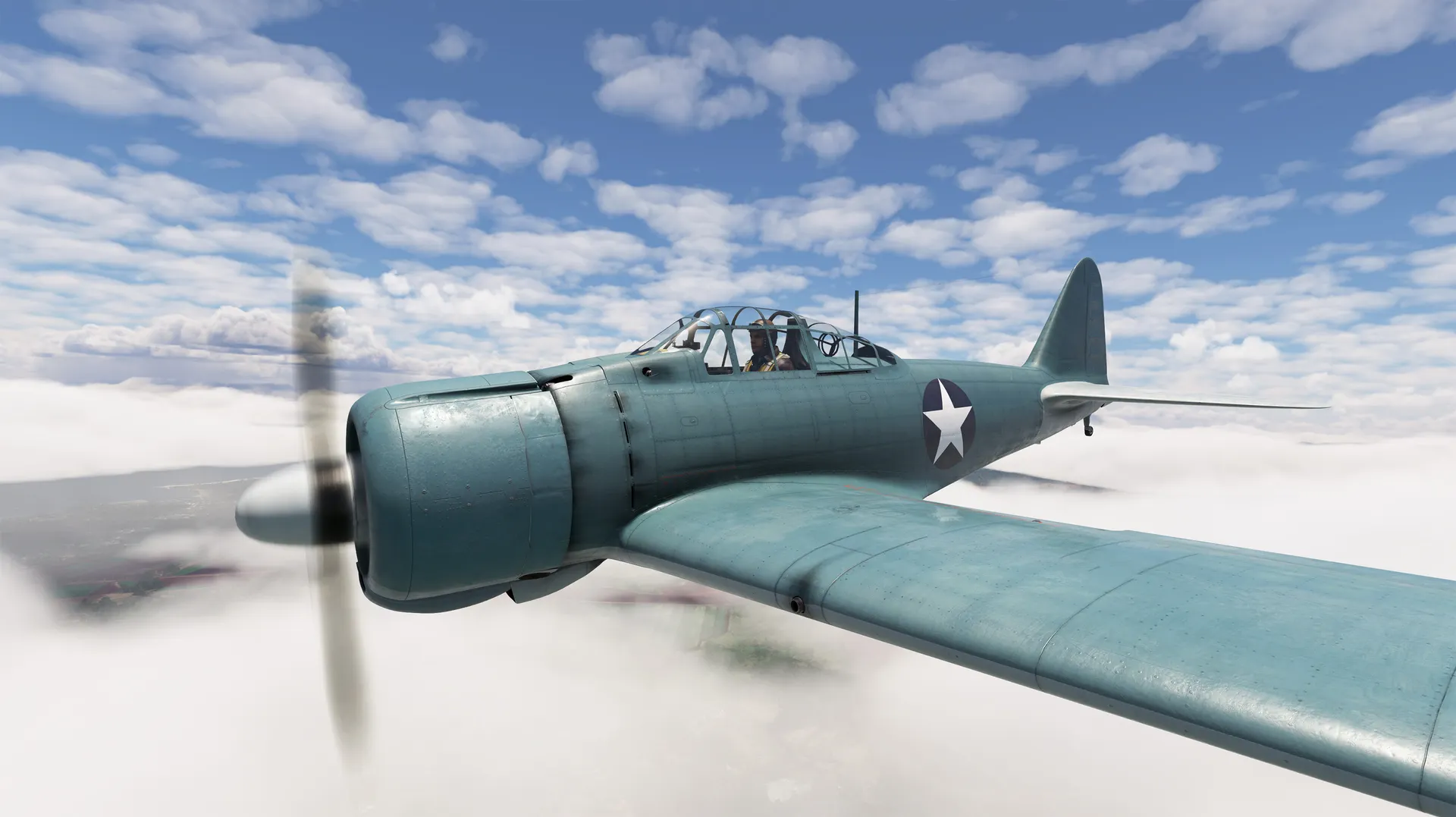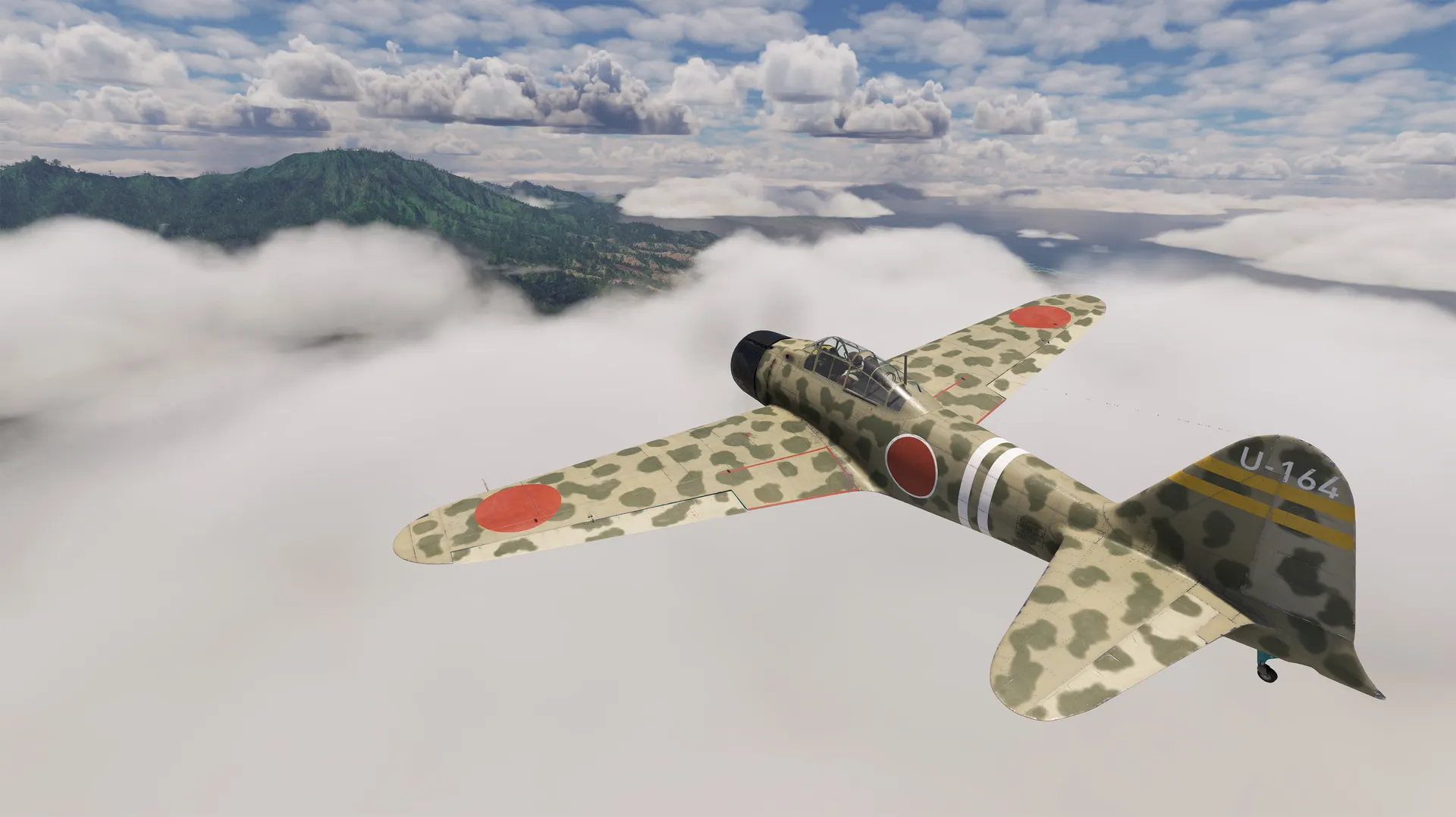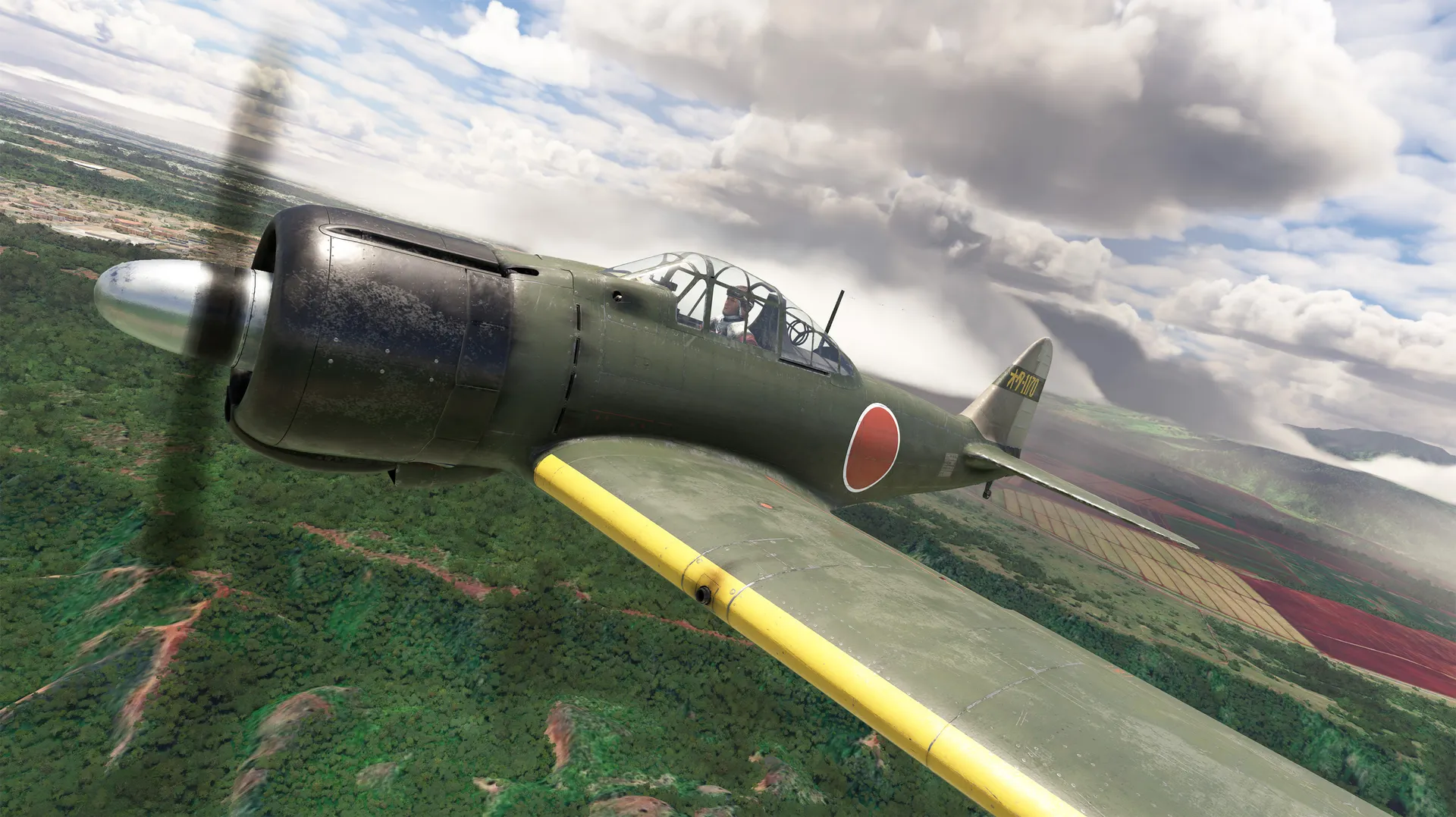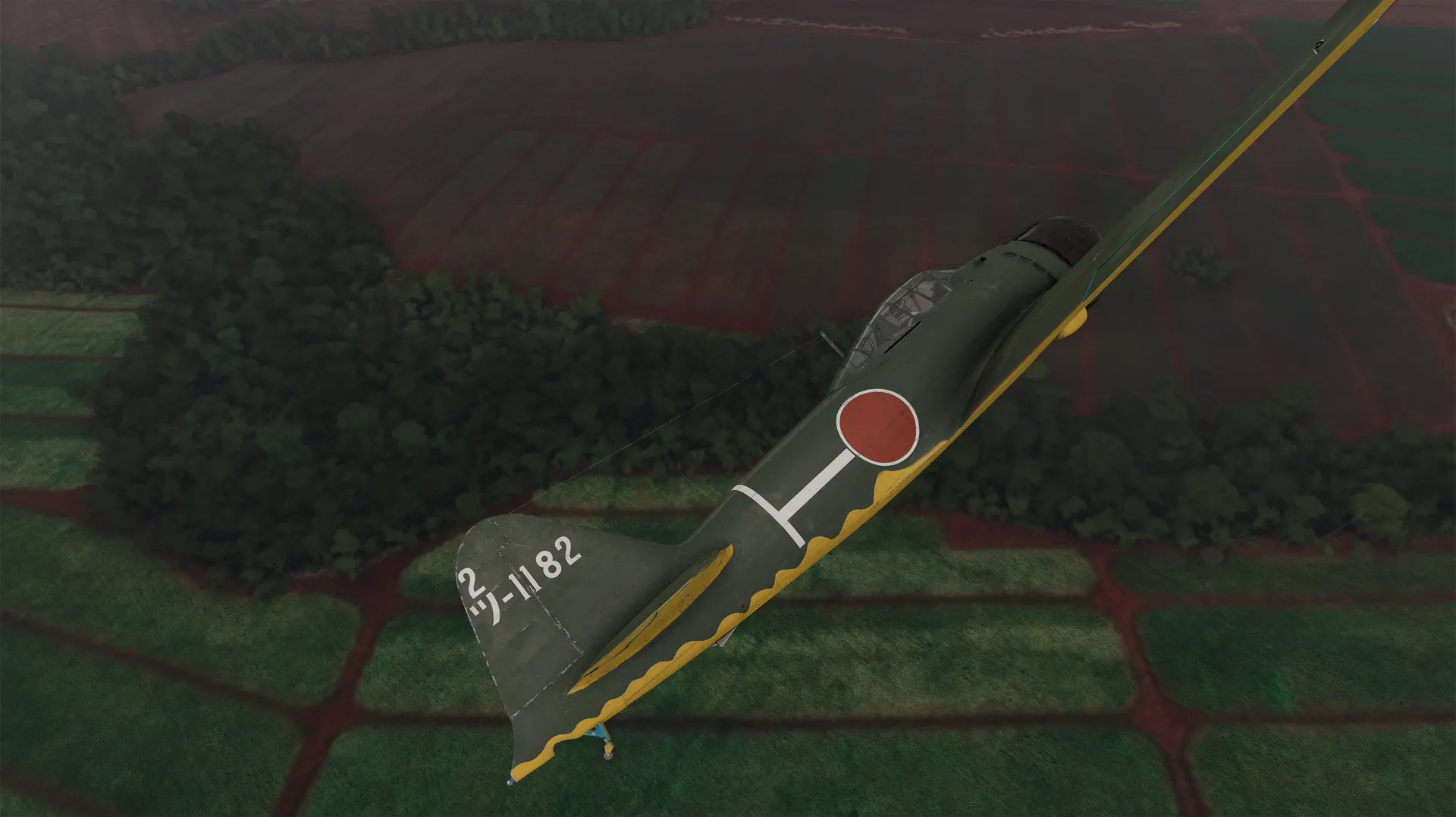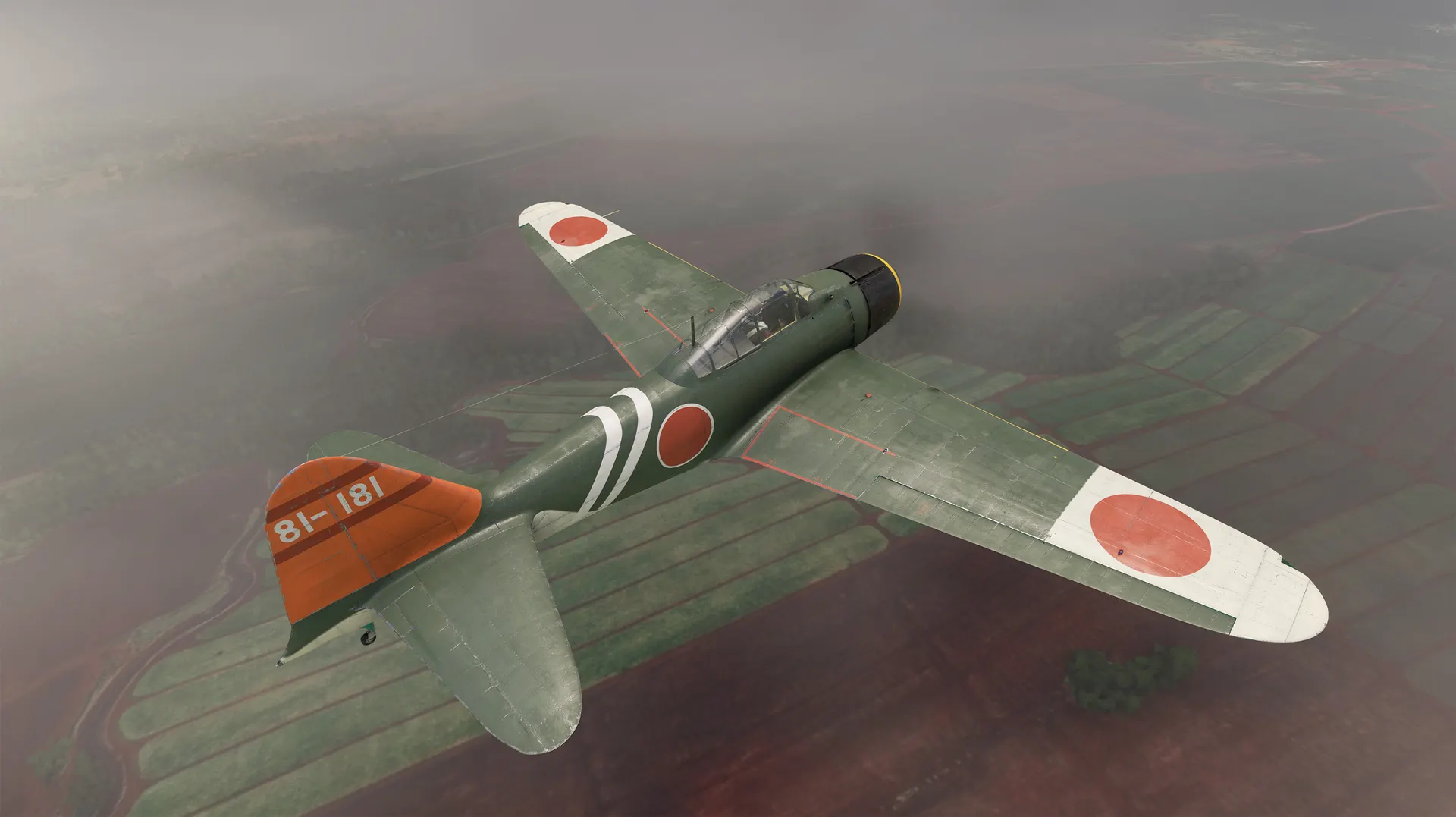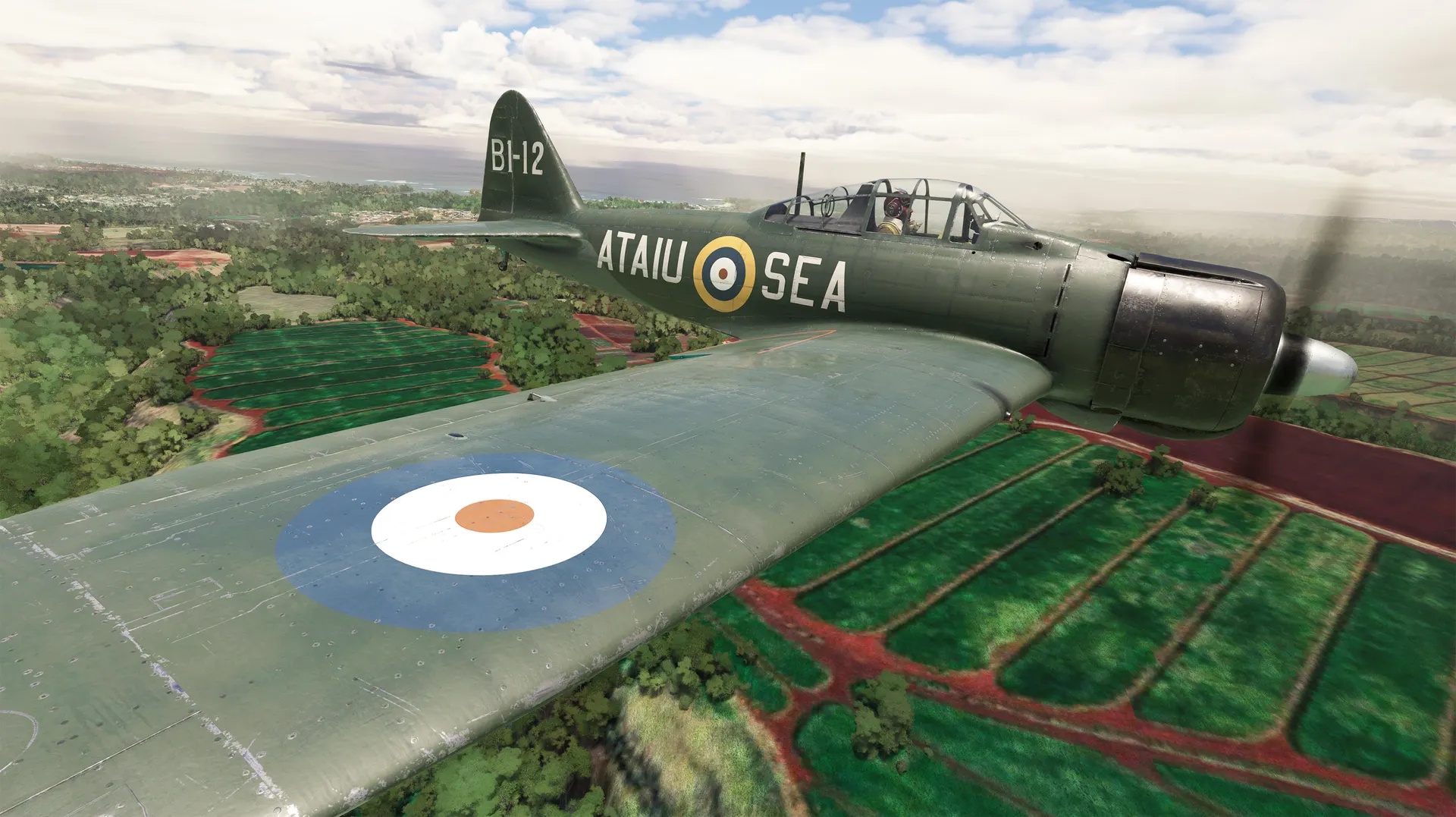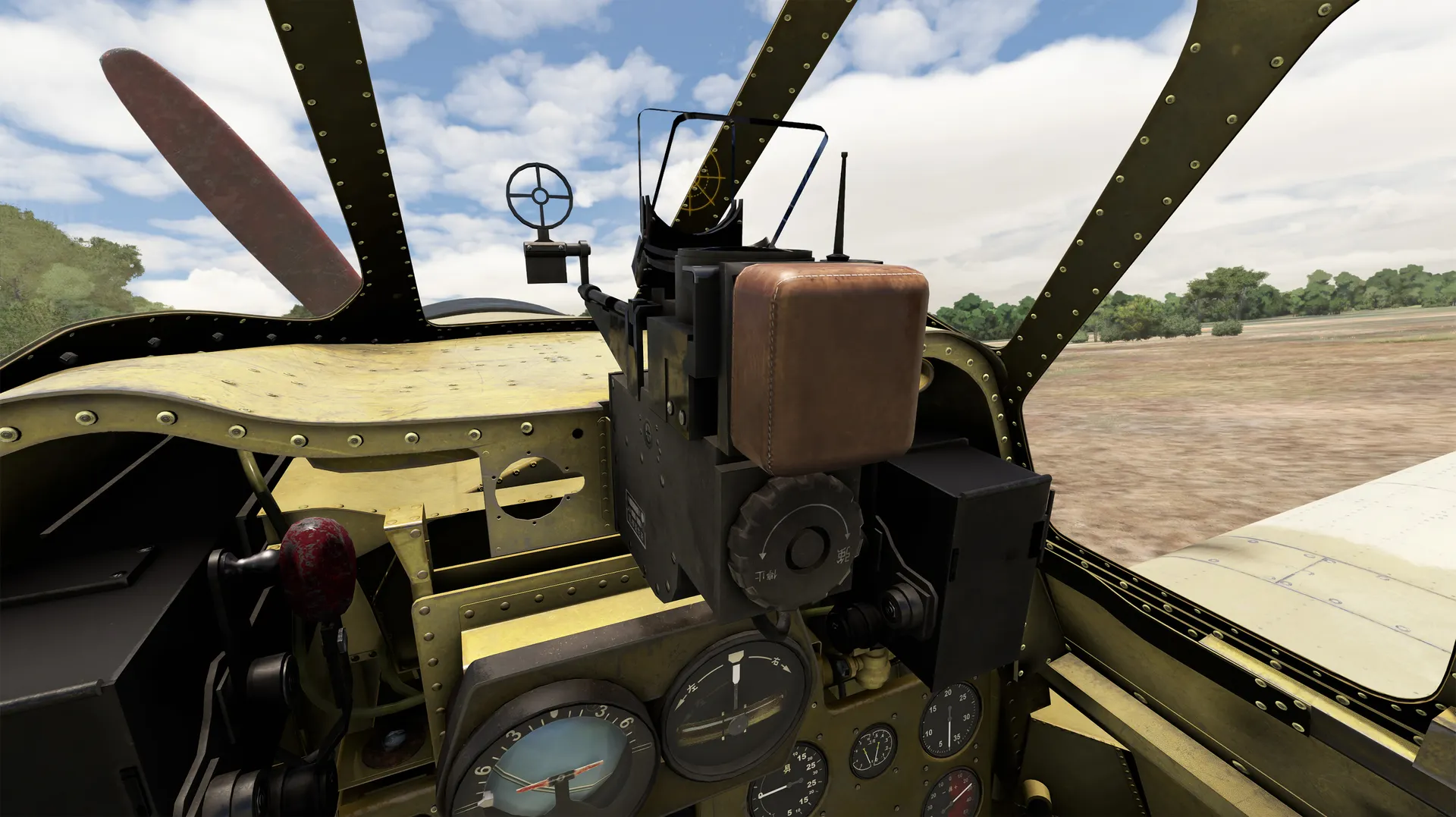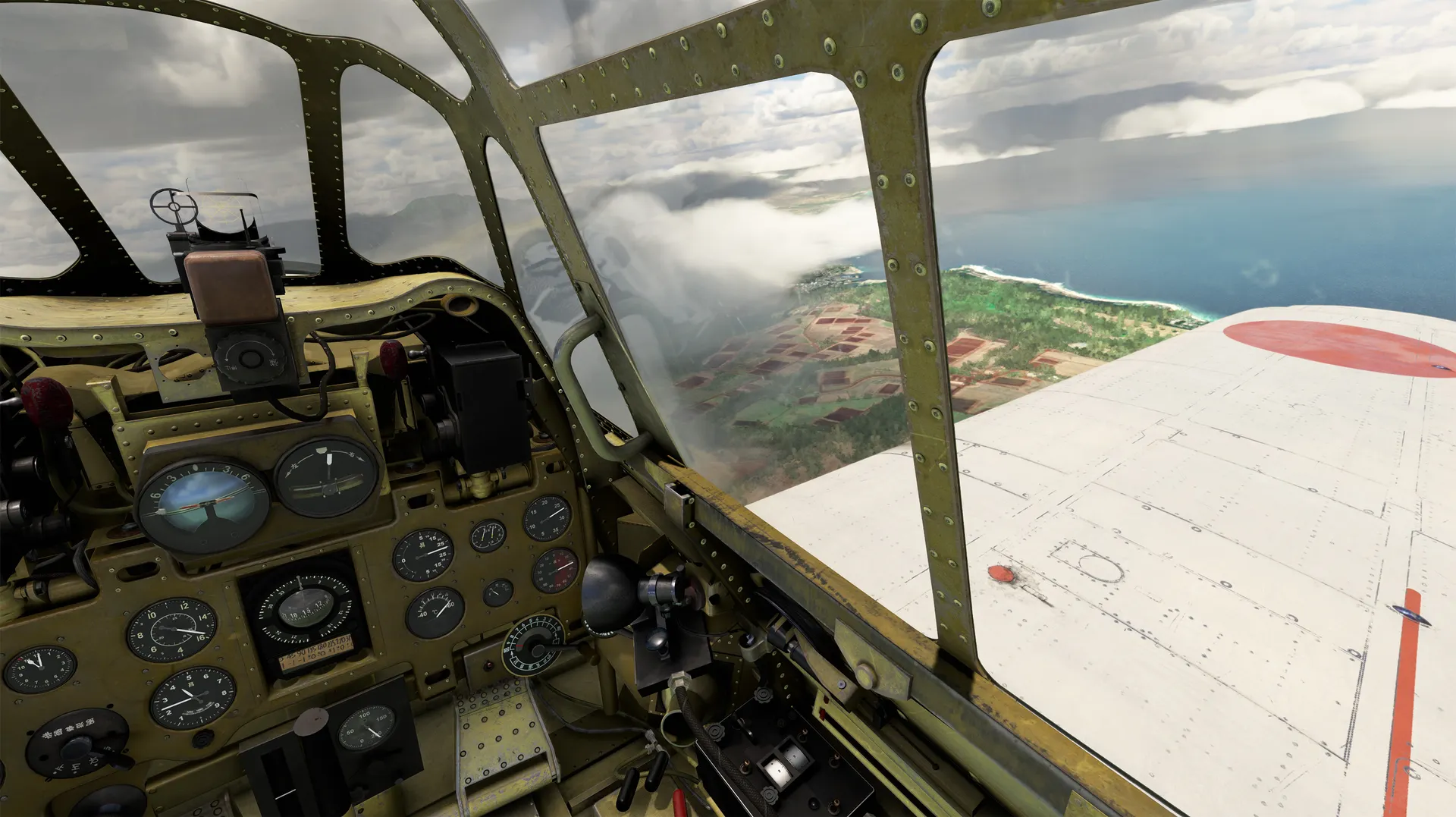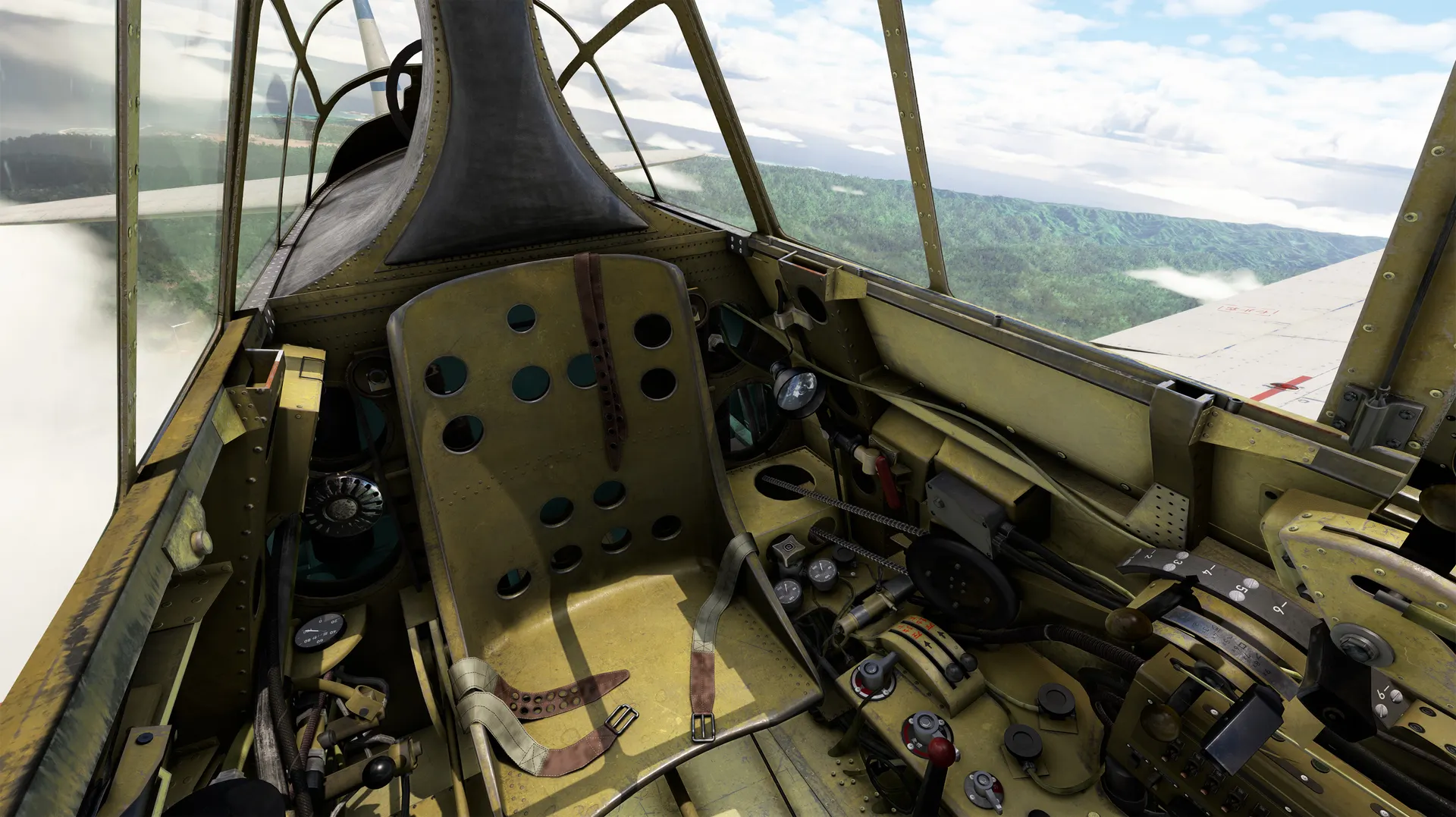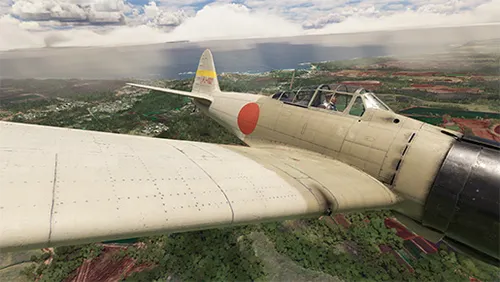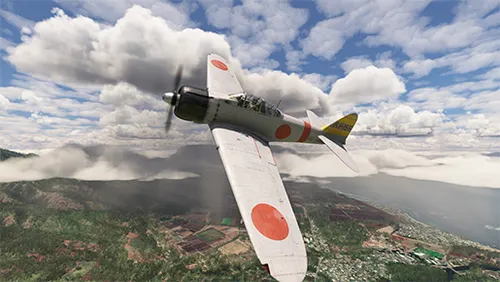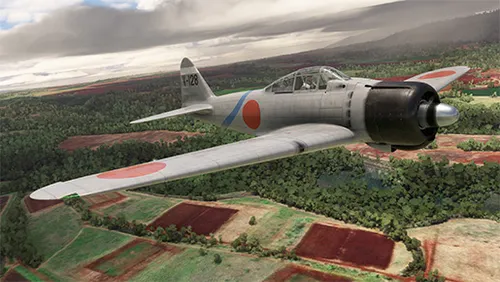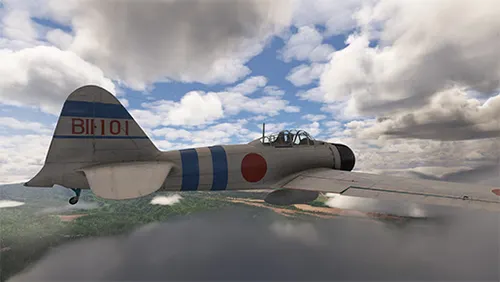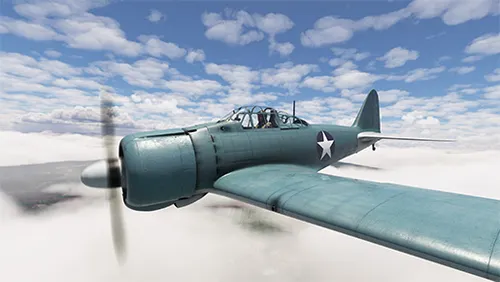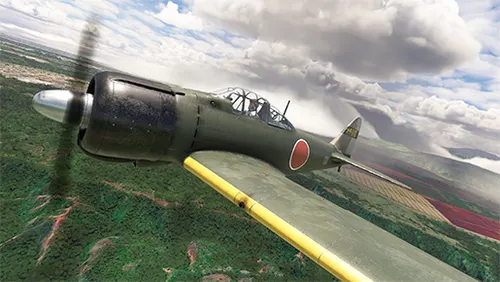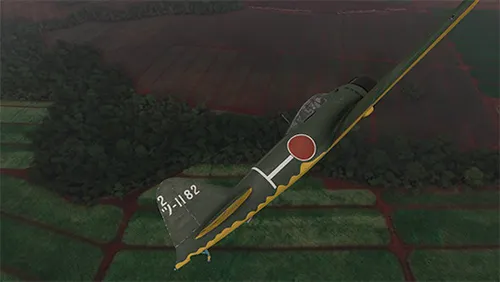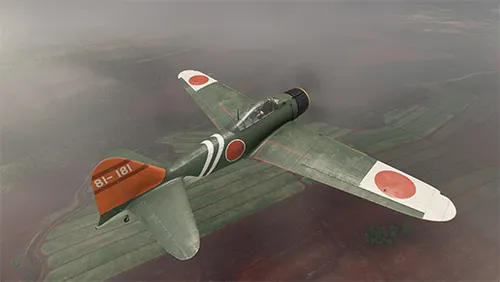- USD 24.99
- View more offers at FS Addon Compare
- Added: June 19, 2025
- Updated: November 11, 2025
The Mitsubishi zero was, at start of World War 2 one of the most capable carrier based aircraft to exist. It had excellent acrobatic skills and a very long fuel range ( further helped with the addition of external fuel tanks ). The Mitusbishi Zero was first used in China in the latter stages of 1940. They were able to gain an impressive kill ratio of 12: 1 due to a number of innovations including how light the plane was. This allowed for maneuvers that were more vigorous than most.
The Mitsubishi zero ( or Reisen as it was referred to by its Japanese pilots ) came to the attention of the US during the suprise attack on Pearl harbour in 7th December 1941 which had the devastating effect of crippling ( for a short time ) the American navy and killing and injuring many brave men and women of the US armed forces. The inevitable entrance of the US into world war 2 saw the fighters of the US come up against the Zero. At first the F4F wild cat was well and truly out classed by the lighter,faster zero. But this advantage was also to be the undoing of the Zero and air supremacy in the pacific. The Zero afforded little to no protection for the pilot and worse yet had no self sealing fuel tanks. This meant that experienced pilots which would have survived a dogfight in an allied aircraft ( where the focus was more on pilot protection ) would often not survive.
It was during this time that a number of zeros were captured and sent to the allies for information gathering and intelligence gathering. A very famous captured Zero was the Akutan zero or Koga's zero It was a prize that was to provide valuable intel. The captured craft data was sent to Grumman Aircraft. Who upon receiving it started on a plane that could match the Zero's specifications or surpass it, all the while keeping pilots safe. This could be seen as the turning point in the air war in the pacific. <Br
As more allied aircraft started to gain supremacy, in particular the Vought Corsair and the aforementioned Grumman F-6f Hellcat, in the air due to this data and information gleaned from fighting the Zero, the zero was soon to become less of a formidable foe as it had been in the early years of the war. It was still being developed during this time but the tide had changed and with the full might of US industry, supply issues and tropical disease wrecking havoc through personnel, the Japanese military simply couldnt keep up. As more experienced Japanese pilots were to lose their lives the Zero's prime role was changed to being a Kamikazi plane. Piloted by less experienced pilots they were used as human guided bombs towards the end of the war. It is estimated that 3800 Japanese pilots died and over 7000 Allied naval personnel were killed. This awful practice was stopped at the end of the pacific war at the dawning of the nuclear and jet age.
The Mitsubishi Zero remains one of the more respected axis aircraft of world war 2 and ushered in technology whose roots can still be seen today.

